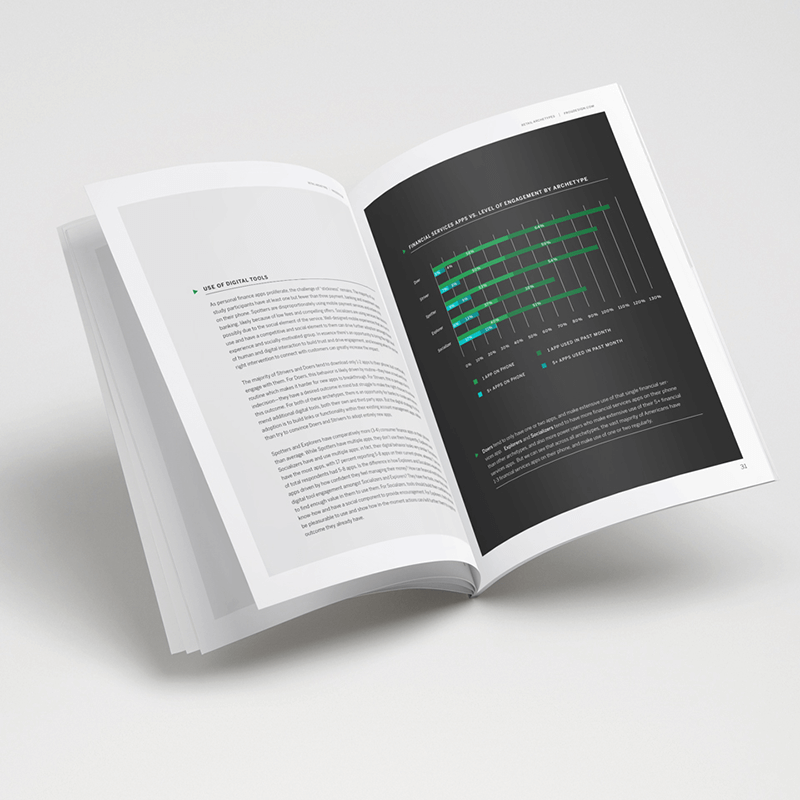
Consumer Archetypes vs. Traditional Segmentation
Since the publication of our report on segmenting customers by archetype, there has been a fair amount of discussion about the two traditional ways consumer-facing companies organize their customers—spending vs. demographics. Our verdict remains: These approaches are both flawed.
While we still fundamentally believe this to be true, we’d like to unpack the statement and provide more context as to what drove us towards segmentation by archetypes in the first place.
The traditional methods of customer segmentation are particularly valuable for marketers or product designers when it comes to the specific nature of the “1-to-1” definition, meaning a customer can only belong to one segment. This approach makes it easier to direct a message in the form of an advertisement or offer, or identify the location for a new physical touchpoint. It also makes it easier to specify the criteria for a research participant. In fact, almost all of the consumer research frog did that lead to the identification of six common consumer archetypes started with identifying participants as defined by traditional segmentation. But when the goal is to reach customers as broadly as possible, while still maintaining relevance, the traditional segmentation ways show flaws.
The limitations of the traditional methods became apparent for our team a few years ago while working with a US-based department store chain. Through our design research, we noticed that participants often did not exhibit the behaviors we were expecting for their particular demographic segment. For instance, when it came to coupon and reward programs, we saw Millennials behaving like Boomers, and vice versa. In methodically checking our biases against the given results, we focused on behaviors and motivations, rather than just demographics, and started to find patterns. We then used an affinity map of behaviors and motivations, which is when archetypes started to emerge.
Our findings in turn inspired our design process, as the archetypes became an important tool for mapping experience concepts to relevant customers. The archetypes became more attractive than traditional segments as inspiration for designing experiences because it allowed for the largest impact possible. The same goes for companies or brands as they prioritize investments.
We do understand, however, that the power of an idea can also contain its “Achilles’ heel.” In this case, the “1-to-many” nature of an archetype that makes it attractive for design inspiration, also makes it also challenging to “size.” Since a brand’s customers can belong to more than one archetype, determining how many specific customers fit into that group requires a bit more data science than the traditional segmentation techniques. The key is modeling the behavior that drives a customer to be part of one archetype or another. These behaviors include the context of the moment, like being in a hurry or having time to connect. Or maybe it’s the type of experience sought, from functional to emotional. We are just now at the beginning the of this work and are very excited to push our methods of combined qualitative and quantitative research. Our report, “Consumers are People Too,” is an early foray into this field and we look forward to pushing our hypothesis and methods forward.
So, while we understand that traditional segmentation may still be a necessary tool when it comes to marketing communications and the like, we believe the archetype approach can provide the inspiration and framework for designing exceptional experiences around today’s unique consumers.
To find out more download the full report

Scott King brings over 27 years of experience in business strategy, experience strategy, retail & brand strategy, design research, place making, business process development, systems integration, product development, and supply chain management to his role as Executive Director of Strategy. As a flexible thinker and planner, Scott takes a creative approach to design, build and fine-tune brands, business models and methods. At frog, Scott focuses on experience strategies and designs for physical and digital places, and design research.
We respect your privacy
We use Cookies to improve your experience on our website. They help us to improve site performance, present you relevant advertising and enable you to share content in social media. You may accept all Cookies, or choose to manage them individually. You can change your settings at any time by clicking Cookie Settings available in the footer of every page. For more information related to the Cookies, please visit our Cookie Policy.
Our Studios



